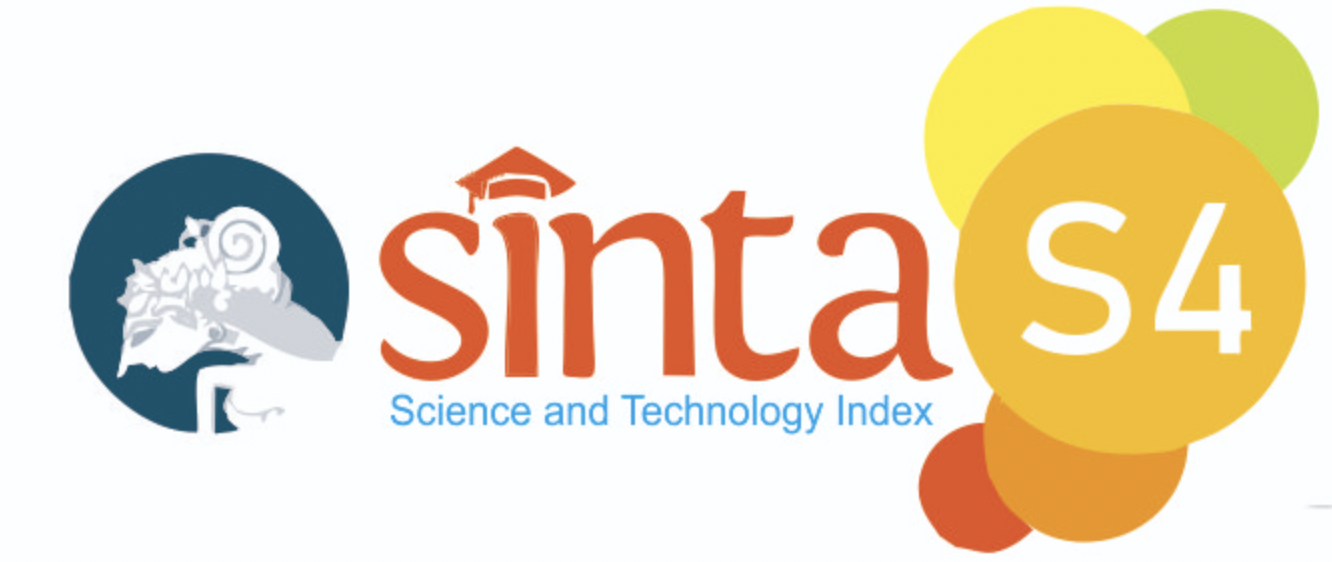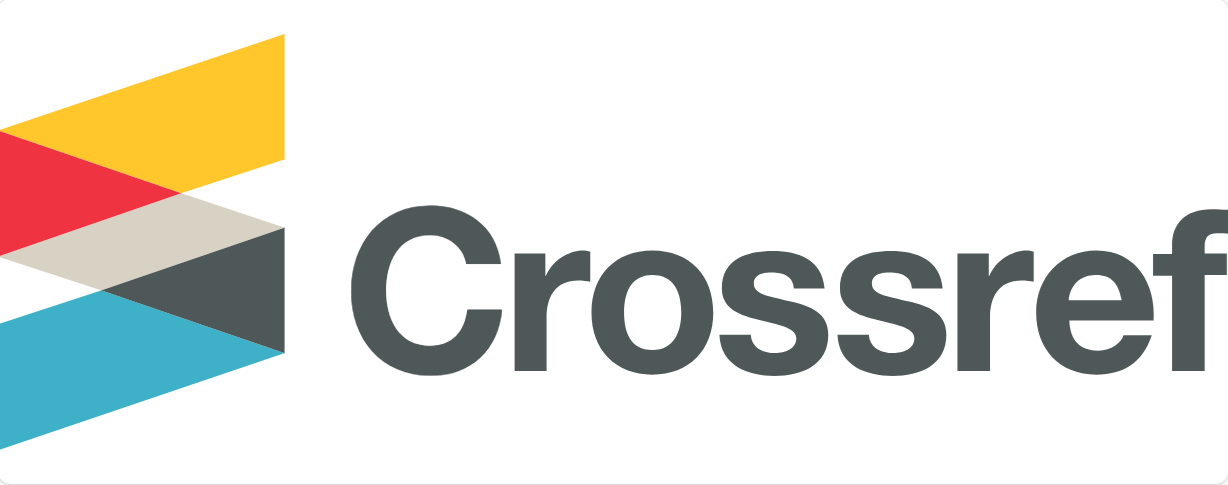Abstract
The library needs to apply the concept of a learning organization to continue to develop in order to meet the information needs of its users. The library must also continually improve its quality so as not to be left behind from other libraries. To define the construct of learning organizations, Watkins and Marsick provided an integrative concept of learning organizations based on several approaches. From a broader theoretical point of view, Watkins and Marsick proposed the concept of learning activities based on the concept of Dimensions of Learning Organization Questionnaires (DLOQ), which has seven dimensions of factors oriented to people and structures. This study measures and analyzes the dimensions of the Learning Organization base on DLOQ at the Library Center of UIN Bandung. The analysis is also carried out on the personal, group and organizational learning. Assessments are made on a scale of 1 to 5. The study was conducted by direct interview, guided by a questionnaire, to all library staff totaling 12 people. Overall, the fourth dimension, embedded systems, has the lowest mean of 2.92, and the first dimension, continuous learning, has the highest mean of 3.50. This result shows that in the Library Center of UIN Bandung there is no standard system used in the learning process for its employees. Meanwhile, the learning process still continues even though the standard system does not yet exist.
Bahasa Abstract
Perpustakaan perlu menerapkan konsep learning organization untuk terus berkembang demi memenuhi kebutuhan informasi para penggunannya. Perpustakaan juga harus senantiasa meningkatkan kualitasnya agar tidak tertinggal dari perpustakaan yang lain. Untuk mendefinisikan konstruk organisasi belajar, Watkins dan Marsick memberikan konsep integratif tentang learning organizations berdasarkan beberapa pendekatan. Dari sudut pandang teoritis yang lebih luas, Watkins dan Marsick mengusulkan konsep tindakan pembelajaran yang berbasis pada konsep Dimensions of the Learning Organization Questionnaires (DLOQ), yang memiliki tujuh dimensi faktor dengan berorientasi pada orang dan struktur. Penelitian ini melakukan pengukuran dan analisis dimensi learning organization di Pusat Perpustakaan UIN Bandung berbasis DLOQ. Analisis dilakukan juga terhadap pembelajaran pribadi, kelompok, dan organisasi. Penilaian dibuat dalam skala 1 sampai 5. Penelitian dilakukan dengan wawancara langsung yang dipandu dengan kuesioner terhadap seluruh pegawai perpustakaan sebanyak 12 orang. Secara keseluruhan, dimensi ke-4, embedded system, memiliki mean terendah yakni sebesar 2,92, dan dimensi ke-1, continuous learning, memiliki mean tertinggi sebesar 3,50. Hal ini menunjukan bahwa di Pusat Perpustakaan UIN Bandung belum ada sistem baku yang digunakan dalam proses pembelajaran bagi pegawainya. Sementara itu, proses belajar berkelanjutan tetap berjalan walaupun sistem baku belum ada.
References
- Absah, Y. (2008). Pembelajaran Organisasi: Strategi Membangun Kekuatan Perguruan Tinggi. Jurnal Manajemen Bisnis, 1(1), 33-41.
- Garvin. (2000). Building a Learning Organizations. Boston: Harvard Business School Press.
- Garvin, D. (1993). Building a learning organization. Harvard Business Review.
- Gould, N. (2016). Introduction: the learning organization and reflective practice–the emergence of a concept. In M. B. Nick Gould, Social Work, Critical Reflection and the Learning Organization (pp. 11-20). Routledge.
- Haryanto, A. T. (2019). Pemasaran Dan Keunggulan Bersaing (Studi Perusahaan Finance di Wonogiri). Jurnal Perilaku dan Strategi Bisnis, 7(2).
- Horvarth, L. (2019). The Higher Education Institution As Learning Organization. Doctoral dissertation, Eötvös Loránd University.
- Iga, A. (2013). Penerapan Learning Organitazion Pada Sistem Kepengurusan Perpustakaan. SUrabaya: http://astriiga-fisip11.web.unair.ac.id.
- Ilyas.Y. (2002). Kinerja, teori penilaian dan penelitian. Jakarta:Pusat Kajian Ekonomi Kesehatan.
- Kline, P., & Saunders, B. (1993). Ten Steps to a Learning Organization. VA: Great Ocean, Arlington.
- Kriegesmann, B., Kley, T., & Schwering, M. (2005). Creative errors and heroic failures: capturing their innovative potential. Journal of Business Strategy, 26(3), 57-66.
- Mony, F. (2011). Learning Organization dan Kepemimpinan dalam Organisasi pendekatan konseptual. Jurnal Ilmu Ekonomi ADVANTAGE, 2(3), 92-98.
- Santoso, B. (2003). Membangun organisasi pembelajar untuk meningkatkan poduktivitas. Jakarta.
- Senge, P. (1995). On schools as learning organizations: A conversation with Peter Senge. Educational Leadership (April).
- Tabatabaei, S. A., & Ghorbi, M. (2014). A Survey on Impact of DImensions of Learning Organization on Employee’ Performance, (Case Study: Economic Department of Iran Khodro Company). Kuwait Chapter of Arabian Journal of Business and Management Review, 3(9), 66-78.
- Tobing, S. Y., & Fitriati, R. (2009). Pengaruh Organisasi Pembelajar terhadap Kompetensi Pegawai Bank. Journal Ilmu Administrasi dan Organisasi, 16(1), 25-35.
- Watkins, K. E., & Marsick, V. J. (1993). Sculpting the learning organization: Lessons in the art and science of systemic change. Jossey-Bass.
- Watkins, K. E., & Marsick, V. J. (1996). In action: Creating the learning organization. Alexandria: American Society for Training and Development.
- Weldy, T. G., & Gillis, W. E. (2010). The Learning Organization. Emerald Group Publishing Limited, 17(5), 455-470.
- Yodrabum, S., & Siriprakob, P. (2019). Toward Learning Organization: Case Studies Of Koh-Ka Subdistrict Municipality, Krabi Town Municipality, And Khon Khan City Municipality. . Chulalongkorn: Dissertasi. Chulalongkorn University.
Recommended Citation
Hanany, Robi'in L. Nailah Hanum
(2019)
"Dimensi Learning Organizations di Perpustakaan UIN Sunan Gunung Djati Bandung Berbasis DLOQ,"
Jurnal Ilmu Informasi, Perpustakaan, dan Kearsipan: Vol. 21:
No.
2, Article 3.
DOI: 10.7454/JIPK.v21i2.003
Available at:
https://scholarhub.ui.ac.id/jipk/vol21/iss2/3
Included in
Archival Science Commons, Collection Development and Management Commons, Information Literacy Commons







